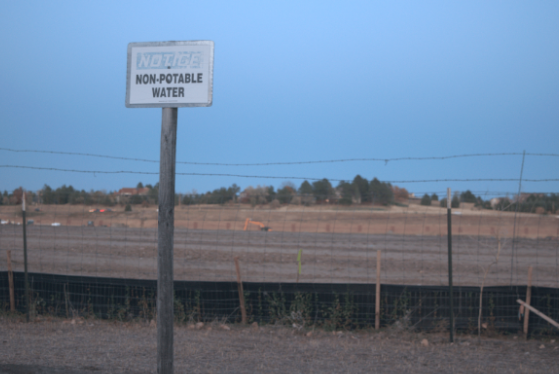Around this time of the year, we see countless kids missing school due to illness. Hygiene may be accepted as the most common culprit; however, many school’s ventilation systems could be contributing just as much if not more.
That’s right everyone, according to Oluyemi Toyinbo from the National Institute of Health and Welfare of Finland, a multitude of environmental factors in schools may be contributing towards early onset deaths and ailments in students.
Recent studies of American schools found that 87% of the classrooms had CO₂levels below the American Society of Heating, Refrigerating and Air Conditioning
Engineers’(ASHRAE) recommendation of 1000 parts per million.
The suggested type of ventilation system for optimal air quality, a hybrid ventilation system involves both mechanically produced as well as natural air, like the one we have here at Grandview.
HVAC Brad Clasgens works throughout the school day, checking and maintaining levels of CO₂, and other critical factors, such as room temperature.
Though many classrooms at Grandview feel cold, room temperatures are also constantly surveyed to make sure they stay within the recommended temperatures of 66-72 degrees Fahrenheit.
These suggested temperatures are vital to our school, as they are based on the levels of concentration and intellectual capacity commonly achievable in the given temperatures. It is shown in the Grandview’s HVAC system that at the time of checking in, supplied air temperature was 71.5 degrees Fahrenheit.
Schools may often feel cold due to the mixing of supplied temperature with current room temperature and outside temperature. At the time of checking, outdoor air temperature was 31.2 degrees Fahrenheit, resulting in a combined room temperature of 68.1 degrees Fahrenheit.
These guidelines suggested by multiple studies are so important for schools like Grandview to follow because of the health and academic effects these unmonitored conditions could result in.
Although Grandview is a very well ventilated school, many colleges and universities may not be. Any future college students should be encouraged to look into their university individually. It is vital to protest for and check for proper ventilation in all schools in America, especially if you will live on campus.
According to Toniyobo’s paper, “Inadequate ventilation (indicated by high classroom CO₂) has been associated with children having asthmatic attacks, cough, and rhinitis; as well as reduced students’ cognitive performance and level of concentration.” Toniyobo also attributes high levels of students staying home sick with this ventilation issue.
Inadequate ventilation (indicated by high classroom CO₂) has been associated with children having asthmatic attacks, cough, and rhinitis; as well as reduced students’ cognitive performance and level of concentration.
Classrooms with a high level of CO₂ can lead to the development of neurological issues such as a reduction of general intelligence and increased risk of the development of Parkinson’s Disease.
The U.S. is a highly developed country, but still lacks in tough regulations on ventilation, as the health effects of an unkempt ventilation system have been only recently discovered, and need time and effort to make it through the government. An important first step in these changes is raising awareness.
Despite the multitude of looming disasters in our lives, whether it be war, cancer, or heart attacks from eating too many Doritos, a new, threatening presence of CO₂ in our schools alone may be one of the most silent yet concerning threats yet.


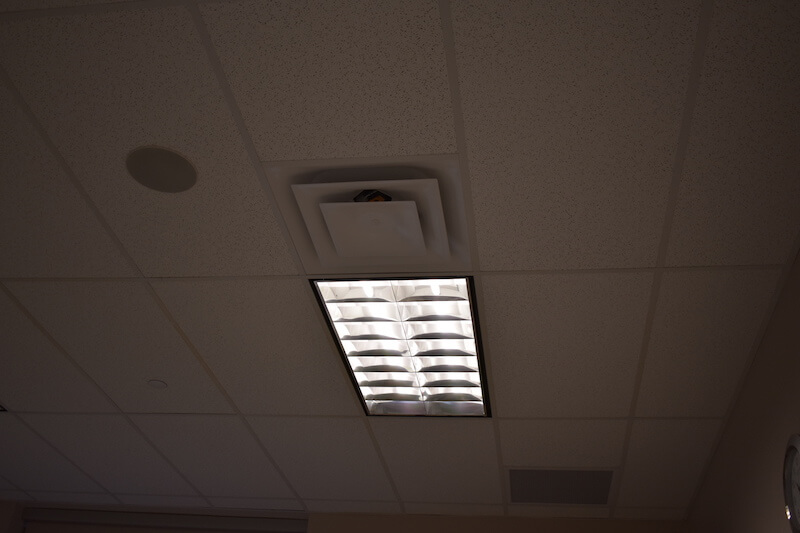



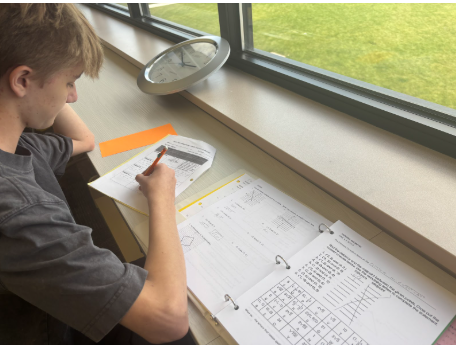
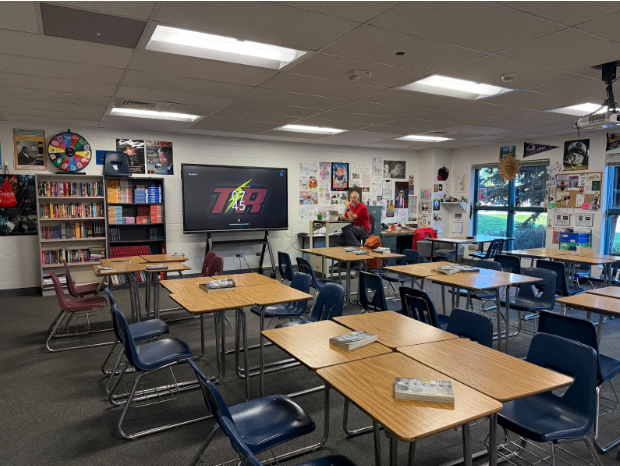

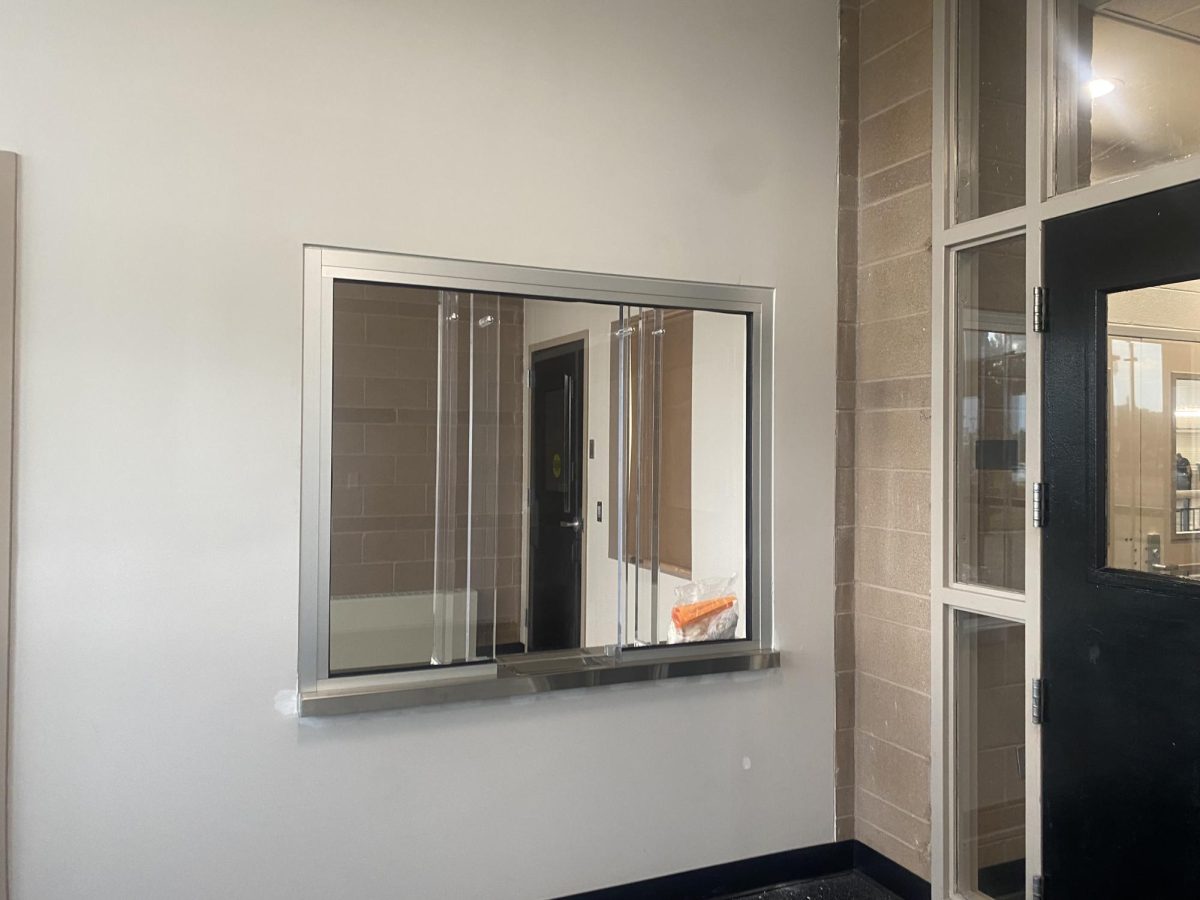



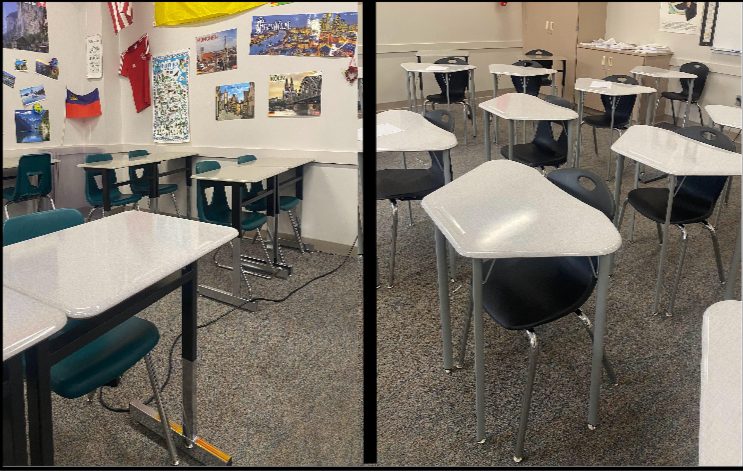

![A Vest Won’t Protect You [OPINION]](https://ghschronicle.com/wp-content/uploads/2025/09/KoltonZuckerVestPosterOffWhite.png)
![Executive Order: Ending Radical Indoctrination in K-12 Schooling [OPINION]](https://ghschronicle.com/wp-content/uploads/2025/04/Screenshot-2025-04-23-at-2.51.41 PM-1200x674.png)

